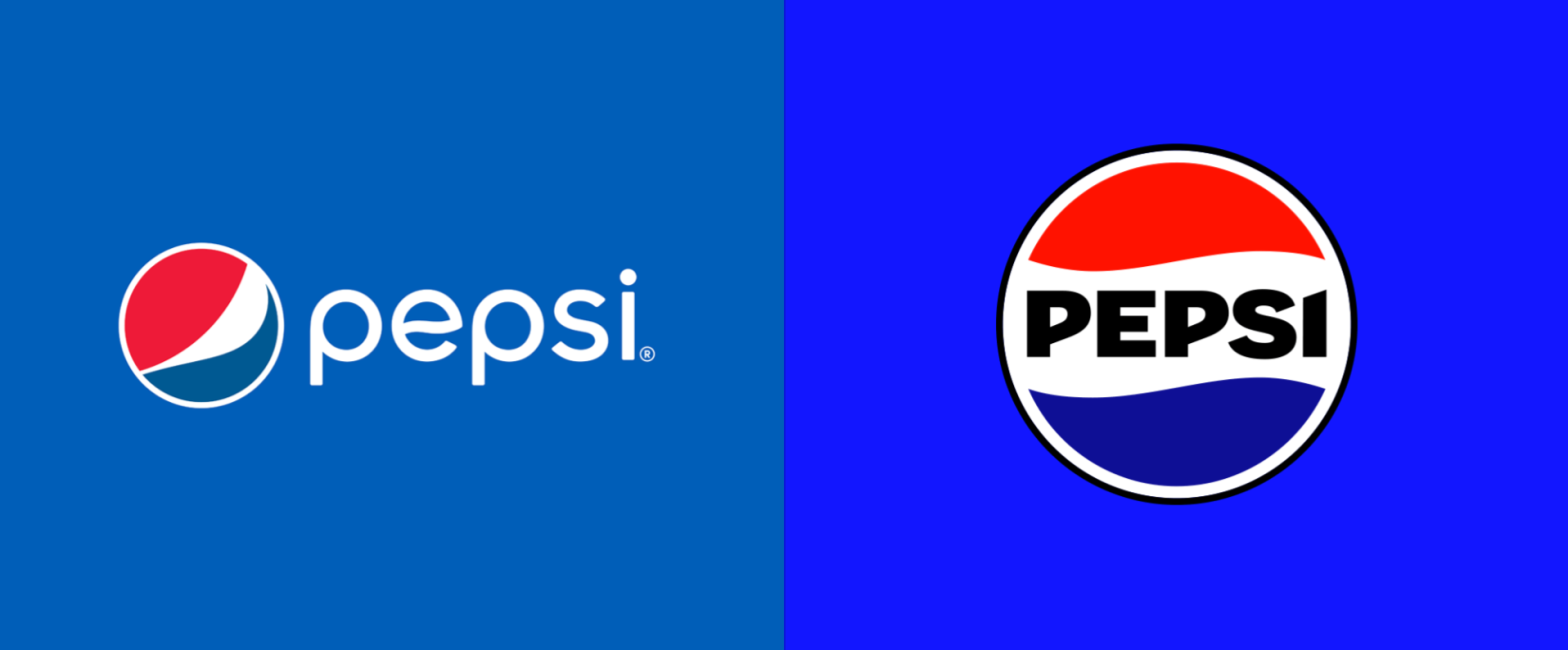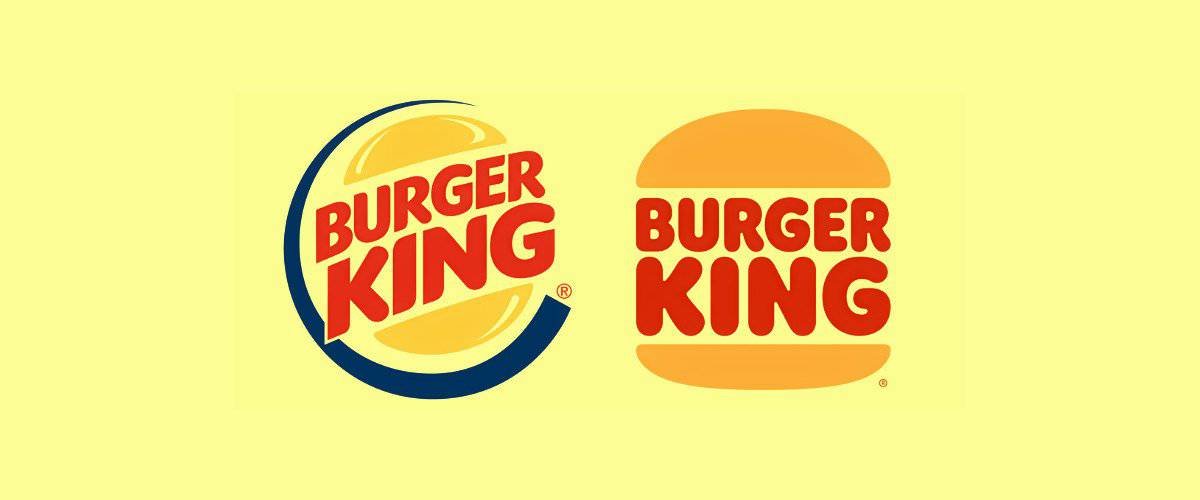Rebranding a brand is a delicate and complex process that can lead to extraordinary results or resounding failures.
When a company decides to change its logo, name, or visual identity, it is essentially redefining its image and how it is perceived by the public. But what are the reasons that drive a brand to embark on this journey? And what are the key elements for a successful rebranding?
Why rebrand?
The motivations behind a rebranding can be manifold. Sometimes it is out of necessity, such as when a company merges with another or is acquired, or when the existing name or logo is too similar to that of a competitor. In other cases, rebranding is a strategic choice to reposition the brand, reach a new target audience, or adapt to an evolving market.
An emblematic example is that of Apple. When Steve Jobs returned to the company in 1997, he found a company on the brink of failure, with too many products and a confused identity. Jobs drastically simplified the product range and commissioned a new logo, abandoning the rainbow apple in favor of a monochromatic and minimalist design. This rebranding coincided with the launch of the iMac and marked the beginning of Apple’s renaissance.

The key elements of an effective rebranding
A well-executed rebranding requires careful planning and a deep understanding of the brand, its audience, and its goals. Here are some fundamental aspects to consider:
1. Research and analysis: Before starting, it is essential to conduct thorough research on the market, competitors, and consumer perceptions. This will help identify areas for improvement and define a clear direction for the rebranding.
2. Strategy and positioning: The new brand must have a distinctive and relevant positioning for the target audience. The strategy must be consistent and aligned with long-term business objectives.
3. Visual identity: The logo is the most visible element of the brand, but the visual identity also includes colors, fonts, images, and other graphic elements. All these components must be consistent and effectively communicate the brand’s personality and values.
4. Communication: A rebranding does not end with the launch of the new logo. It is essential to communicate the change clearly and engagingly, both internally and externally. Employees, customers, and other stakeholders must understand the reasons for the rebranding and how it will affect them.
Examples of successful rebranding

In addition to Apple, there are many other cases of successful rebranding. An example of a successful redesign is that of Decathlon, the third-largest sports brand in the world. In 2024, Decathlon announced a rebranding created by the brand consultancy Wolff Olins, with the aim of transforming the company from a French retailer to a “future-fit” sports brand. The new brand positioning is based on the company’s new goal: “Moving people through the wonders of sport,” with “wonder” as a key element. This approach moves away from perfection in physical exercise and focuses on the sense of play and fun in sports.
The redesign of the Decathlon logo maintains the iconic interconnection between the letters “C” and “A,” but introduces a darker blue and a new brand icon called “The Orbit.” The custom typeface, Decathlon Sans, is more legible than the previous version thanks to wider kerning. The Orbit conveys movement and circularity, with a decisive angle inspired by the brand’s purpose.

Among the best redesigns of 2023 is that of Pepsi, which opted for a more retro yet cool look in line with contemporary design trends. The globe design has been rectified, and the “Pepsi” lettering is now in uppercase and bolder.


Another successful rebranding is that of Burger King. One of the most evident elements is the new logo, which is inspired by a more dated and minimalist style used by Burger King in 1969. This retro touch creates a strong contrast with the previous logo introduced in 1999. The new logo is accompanied by a proprietary font called “Flame,” with rounded and bold features that recall the shapes of the food. Behind the rebranding is Burger King’s desire to appear more real by emphasizing what makes the brand unique, placing greater attention on the product itself rather than the speed of service.

When rebranding goes wrong
However, not all rebranding has a happy ending. In fact, history is littered with examples of failed rebranding that have damaged the reputation and sales of the brands involved.
One of the most famous cases is that of Gap. In 2010, the clothing giant changed its historic logo to a more minimalist and modern design. The public reaction was immediate and overwhelming: customers expressed their displeasure on social media, lamenting the loss of the brand’s identity. Gap backtracked within a week, returning to the original logo.

Tropicana also made a similar mistake when, in 2009, it abandoned its iconic packaging with the straw inserted into the orange for a more generic and anonymous design. Sales plummeted by 20% in two months, and Tropicana returned to the original packaging. Subsequently, it introduced new packaging that maintains the historic logo and the straw in the orange.

Twitter’s rebranding to X in 2023 turned out to be one of the most chaotic redesign operations of the year. Elon Musk’s decision to abandon the famous blue bird logo in favor of a simple “X” raised perplexity and criticism. Although Twitter was not perfect, it had a coherent and globally recognizable brand identity. The rebranding to X raised questions of originality, given that another company had already been using a similar logo for years. Moreover, more than a year later, people still call X Twitter or at most use Twitter X, demonstrating that changing customer habits is a difficult process if not managed correctly, as in this case.
These examples demonstrate that rebranding is not a decision to be taken lightly. Consumers develop an emotional attachment to the brands they love and can react negatively to drastic or perceived as unnecessary changes.

In conclusion, rebranding can be a powerful weapon to revitalize a brand and adapt it to new challenges and opportunities. However, it requires meticulous planning, a deep understanding of the audience, and flawless execution.
Companies considering a rebranding must ask themselves some fundamental questions: What is the goal of the rebranding? How will it be perceived by existing and potential customers? Do the new logo and visual identity effectively communicate the brand’s values and personality?
Only by answering these questions and involving all stakeholders in the process can a company hope to achieve a successful rebranding that strengthens its market position and connection with consumers. Because, in the end, a brand is not just a logo or a name, but a promise and a relationship with the people who choose and love it.




